This week we focus on stories with a Smithsonian connection. They take you from the prairies of Montana to New York City’s jazziest borough, and into the worlds of artists who found creative sparks in Gilded-Age paintings and a classic 1950s sci-fi flick.
They're all designed to make sure you continue to enjoy what you've come to value from Smithsonian Associates: programs and experiences that are entertaining, informative, eclectic, and insightful.
The Famous and the Forgotten
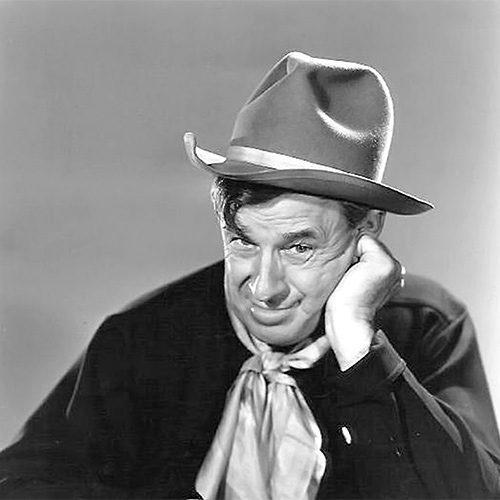
In the 1920s and 30s, vaudeville headliner, film star, and syndicated newspaper columnist Will Rogers captivated audiences around the world with his plainspoken Oklahoma humor and clear-eyed social commentary. (Imagine what mega-celebrity Rogers could have done with a Twitter account.) Author Daniel Stashower explores Rogers’ life and legacy and actor Scott Sedar performs some of his most celebrated monologues in an August 10 Smithsonian Associates Streaming program. Susan B. Anthony’s name topped the A-list of American women fighting for the vote, but the passage of the 19th Amendment (a century ago this month) was also the victory of scores of suffragists of all classes and races whose identities have been obscured and lost. Lisa Kathleen Graddy, a curator of political history at the American History Museum, brings some of them out of the shadows in an August 13 Associates offering that’s part of the Smithsonian’s Women’s History Initiative.
Will Rogers: Oklahoma's Favorite Son
How We Remember Women's Suffrage
Why Scientists Dig Prairie Dogs
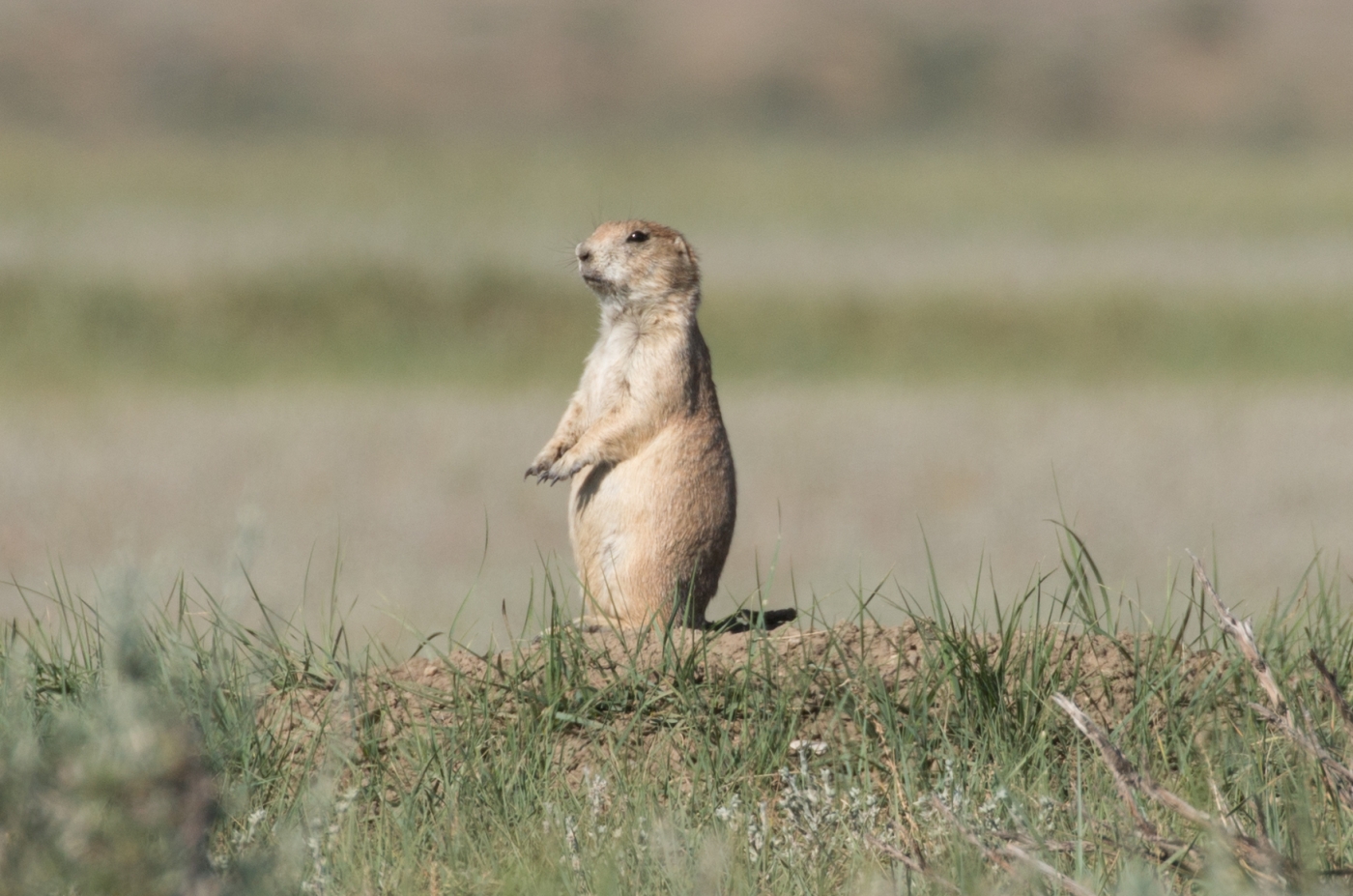
Will Rogers likely encountered plenty of prairie dogs during his cowboy days. And although many people view them as pests, ecologists find them fascinating creatures. Scientists from the Smithsonian Conservation Biology Institute are collaborating with the American Prairie Reserve in Montana to help understand, restore, and preserve the state’s wild landscape, in which prairie dogs play an important role. Their research on the black-tailed prairie dog reveals them to be diligent "groundskeepers" whose presence is closely tied to the well-being of other species-often endangered ones-with whom they share a habitat. Black-tailed prairie dogs also make their home at the National Zoo, which recently began its first phase of reopening. Catch a glimpse of them enjoying a family meal caught on the NatZooZen camera.
Read the Article
Welcome Back to the Zoo
Global Arts for Global Kids
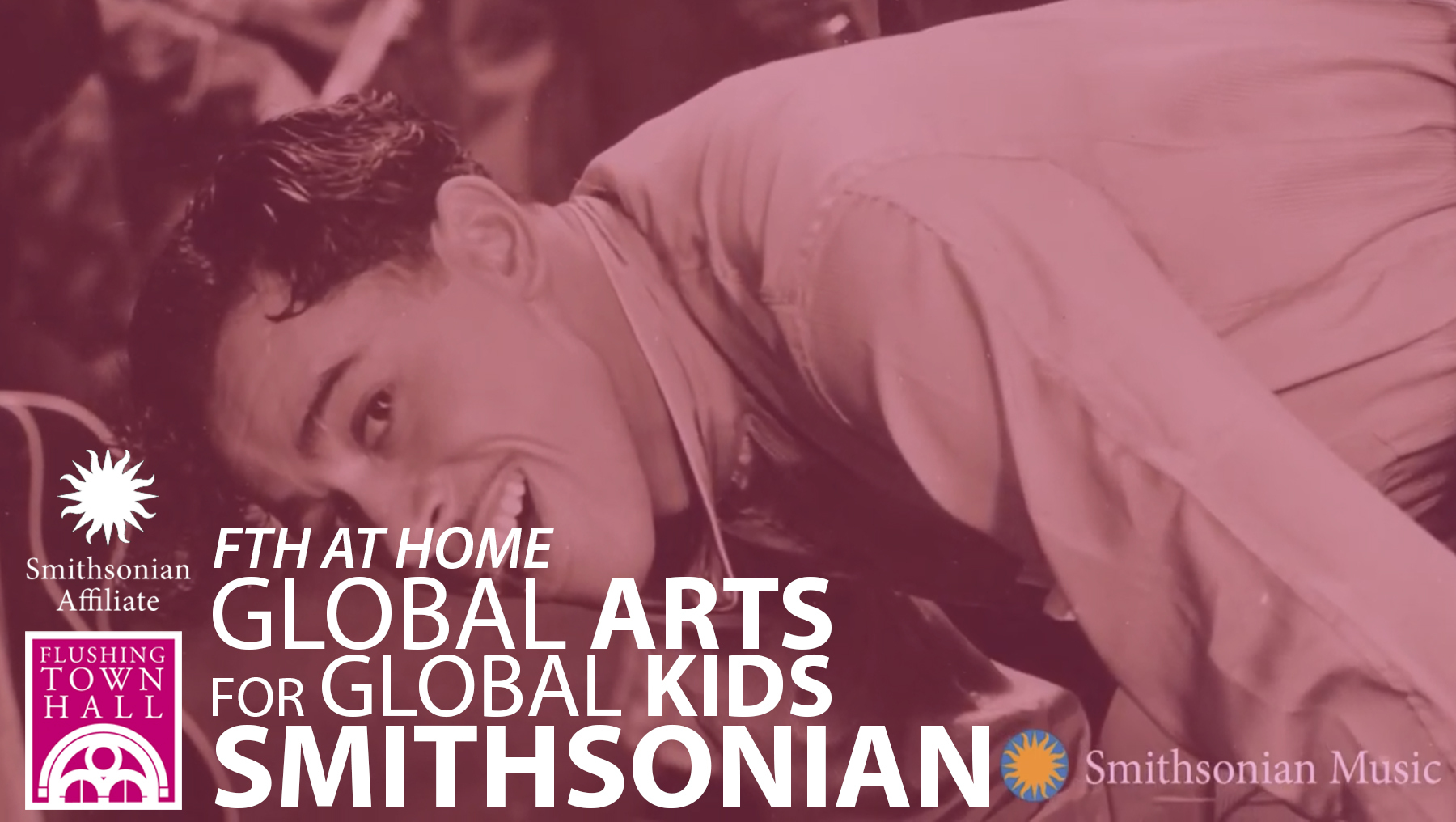
Louis Armstrong, Duke Ellington, Ella Fitzgerald, Dizzy Gillespie, Billie Holiday, Benny Goodman, Charles Mingus, Count Basie, and John Coltrane shared more than their status as jazz greats: They all lived in Queens. The Flushing Council on Culture and the Arts, a Smithsonian Affiliate organization, celebrates the rich jazz heritage of the borough in programs and performances at Flushing Town Hall, an 1862 landmark, as well the diverse music and cultures represented by today’s Queens residents. In the Flushing Town Hall at Home video series Global Arts for Global Kids, young people can explore Chinese, Indian, and Mexican dance, African drumming, storytelling, and art activities. They can also immerse themselves in forms from blues, rock, and hip hop to Latin, jazz, and folk music guided by Smithsonian resources.
Explore the Video Series
Reflections on John Singer Sargent
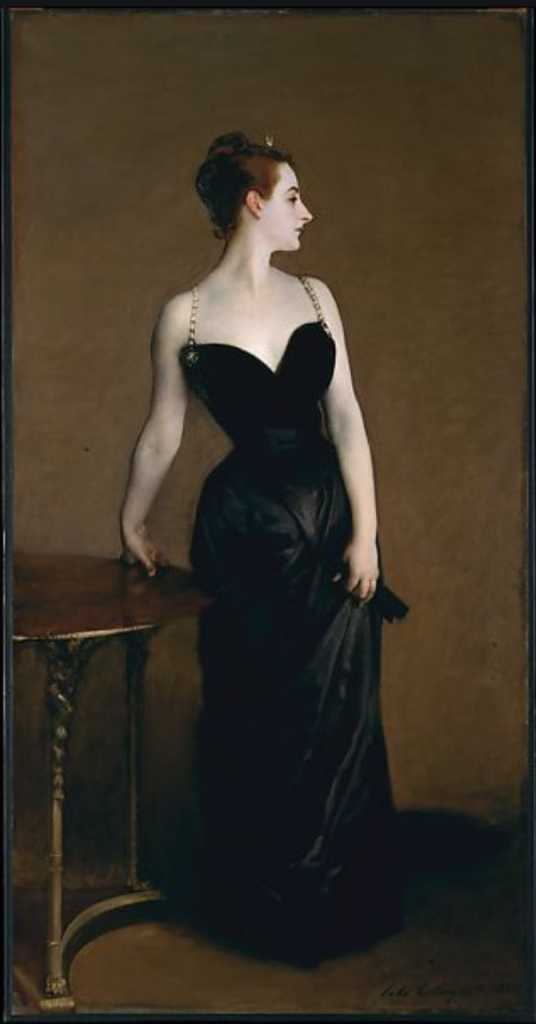
In 2016, Dana Tai Soon Burgess became the Smithsonian’s first choreographer in residence, creating works inspired by the Portrait Gallery’s collections and exhibitions. Recently, he drew on three John Singer Sargent paintings as he crafted a series of duets for his D.C.-based dance company. If you’ve ever wondered what iconic Sargent figures like the glamorous Spanish dancer in El Jaleo or enigmatic Madame X might look like if they came to life, these intimately scaled dances filmed at the historic Arts Club of Washington provide an answer.
Watch the Art-Inspired Performances
Inspiration From a Space Alien
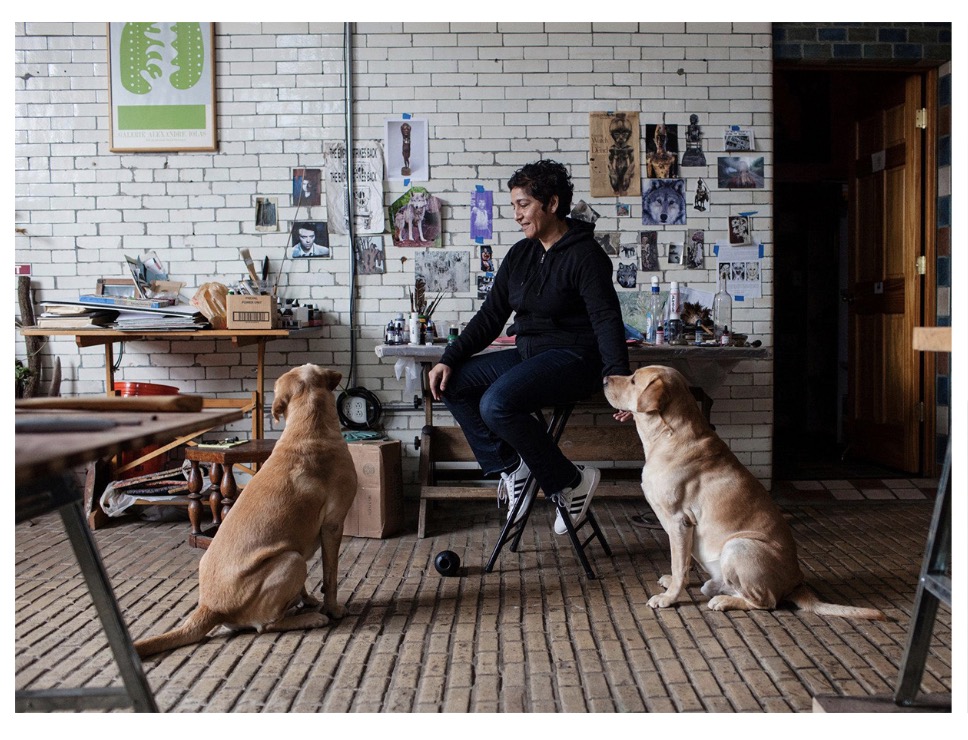
Washington, D.C., has hosted countless visitors, but perhaps the most memorable traveled the farthest to get here. In the 1951 sci-fi classic The Day the Earth Stood Still, an ambassador from outer space emerges from a spaceship that has touched down in the shadow of the Washington Monument to deliver the message "We have come to visit you in peace" to an understandably wary group of military and civilians.
Pakistani-American artist Huma Bhabha, who often finds inspiration in pulp horror and science-fiction cinema, used that intergalactic visitor as a point of departure in creating We Come in Peace, a dramatic figurative sculpture more than 12 feet in height. The work, originally a 2018 commission for the Metropolitan Museum of Art’s roof terrace, has found a new landing spot-the Hirshhorn Museum Sculpture Garden.
See We Come in Peace against the skyline of New York in a video in which Huma Bhabha discusses the story behind the work with a Met curator. And for a look at the National Mall nearly 70 years ago-highlighted by a glowing saucer flying over the Castle’s towers-check out this reminder of why The Day the Earth Stood Still continues to inspire sci-fi fans.
Watch Huma Bhabha's Met Interview